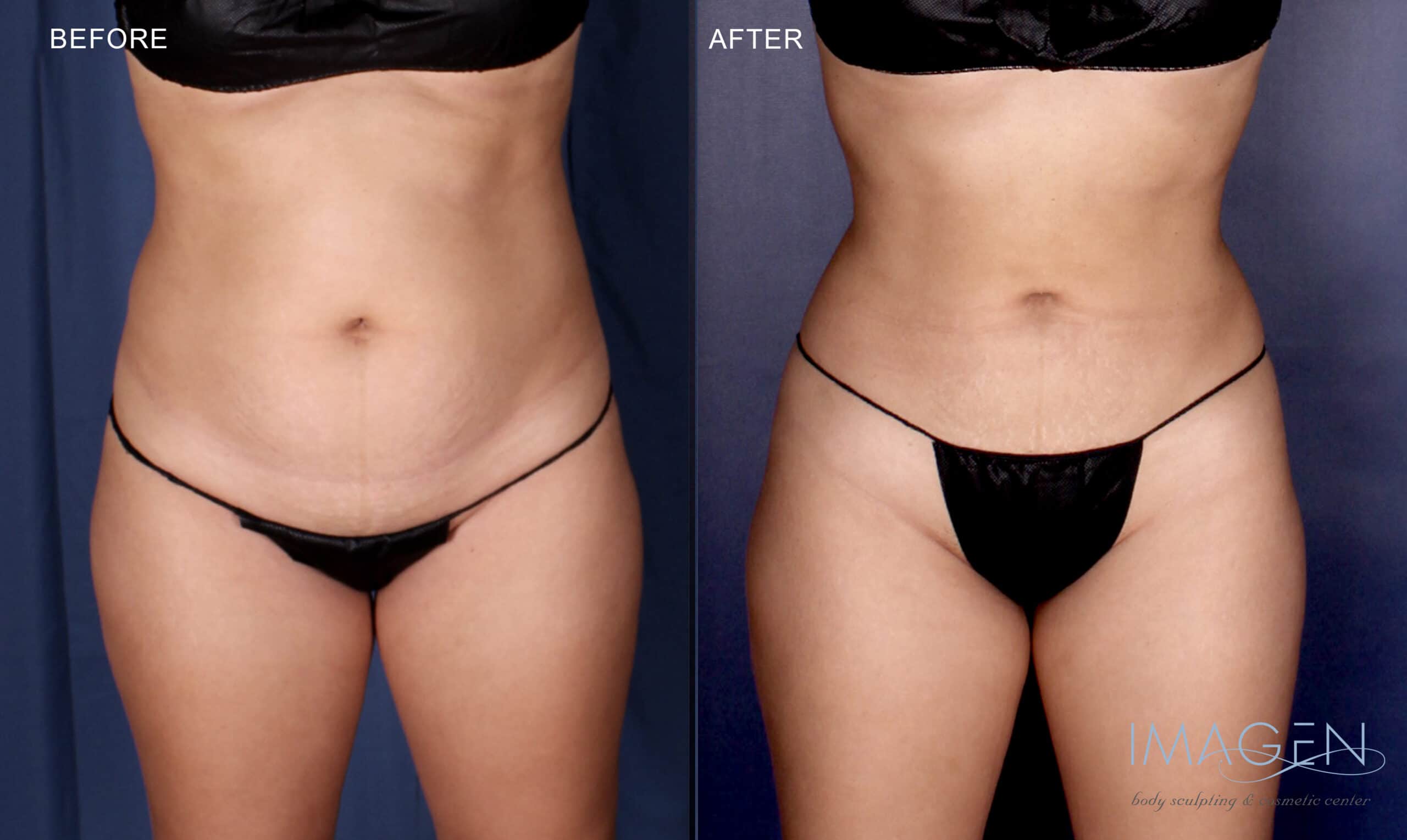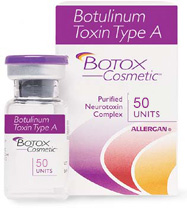
For 3-4 weeks, you may experience chest muscle spasms during the recovery phase. These will occur when your pectoral muscles adjusts to the new implants. These spasms will gradually diminish, but they may be more frequent for the first 6 months. The implant should feel more comfortable over time. The most common symptoms of this procedure are soreness, decreased breast fullness, and discomfort.
The symptoms
The recovery process is not without its complications. There are many symptoms that women may experience. Inflated, discolored breasts and chests that are higher than others may be seen in the initial days after surgery. These symptoms may require additional time to recover. The symptoms below may indicate an infection.
After a breast augmentation, muscle soreness and swelling may persist for 3 to 5 days. Pectoralis connects to the humor area of the chest. This can cause chest pain when you move your arm. There may be some discomfort around the incisions. This will fade over time. After a few days of healing, most activities can be resumed, but heavy exercise may take longer.

Recovery time
Breast augmentation recovery times can vary from patient to patient. However, they are not always the same. The first few weeks will be the most difficult. You can stay positive and remind yourself of why you have chosen to have this procedure. Your team includes medical professionals. Your surgeon will be there to assist you at every stage. This is a new set.
After your surgery, your surgeon will provide you with instructions about how to clean your newly enhanced breasts. Prescription pain relievers will also be prescribed to prevent infection. For the first week you will need to wear support bras 24 hrs a day. You may also have to restrict your activities for a few days. For the next few days, you should make arrangements to have full-time caregivers and childcare.
Pain management
The first step in considering breast augmentation is to learn about the risks and benefits. Pain can be very severe after breast augmentation, and the treatment of it requires careful planning. Before your surgery, your surgeon will discuss the risks involved and how to manage pain. It is important to be prepared and discuss the recovery time and recovery schedule with your surgeon, who will be responsible for your care.
Your doctor will prescribe pain medication to help you recover. You should take the prescribed medication as directed. It is a good idea for pain management to use over-the counter pain relievers, ice pack and prescription pain medication. Your surgeon will prescribe the lowest amount of pain medication. Your surgeon will recommend the lowest dose of pain medication.

Scar tissue
After breast augmentation surgery, there are many options for scar reduction. The most common ways to reduce scar thickness are bandages, silicone sheets, and gel. If you are unhappy with the size of the scars, cortisone cream can be used to soften the tissue and lessen their appearance. Another option to flatten scars is pressure bandages. These techniques should be used regularly and may take several months to show results.
Patients may experience tightening in the skin after breast augmentation. Tightness around the implant can also be a sign of scar tissue development. This could happen if the implant is not settling well or is too solid. Sometimes, the scar becomes so tight that it touches the incision. If it persists, or is clearly visible, this could indicate scar tissue development. If tightness occurs after breast augmentation, it is important to feel the implant.